Subscription required
Please subscribe to our free newsletter to gain full access to all our articles.
Yorkshire-based manufacturer ITP Ltd has opened a new Product Development and Testing Facility at its Easingwold headquarters following a major strategic investment.
Clive Dickin, Chief Executive of the National Access and Scaffolding Confederation (NASC), officially opened the new laboratory, which was completed after a five-month conversion of an existing warehouse. The facility is designed to enhance product testing and benchmarking across key performance areas including tensile strength, flame retardancy, water resistance, and long-term durability.
The new site features advanced testing equipment to assess ITP’s wide range of products, including protective building membranes, ground gas barriers, sheeting for scaffolding and temporary fencing, acoustic barriers, debris netting, defence products, and keder sheeting.
Managing Director Carl Morse said the investment reflects ITP’s commitment to maintaining industry-leading standards.
“We were delighted to welcome Clive to officially open our new testing facility. He was an especially fitting choice, as ITP has worked closely with the NASC in advocating best practice in the management and testing of safety and performance standards across the scaffolding and access sector,” he said.
“This new laboratory epitomises the robust approach required to uphold the highest standards, going above and beyond regulatory compliance. To supplement certified evidence from independent testing, we can now film and record our own in-house tests, with results captured and measured through integrated software to demonstrate the quality and reliability of our products.”
Sales Director Matt Thompson said the facility will also strengthen quality assurance for customers.
“Our testing facility will deliver direct benefits for customers by providing an additional layer of assurance for every order. In addition to pre-batch testing, we will also test product orders prior to despatch, giving clients further confidence in the consistent quality of our solutions.”
ITP supplies protective textiles and construction membranes to projects in more than 30 countries, supporting major infrastructure developments around the world.
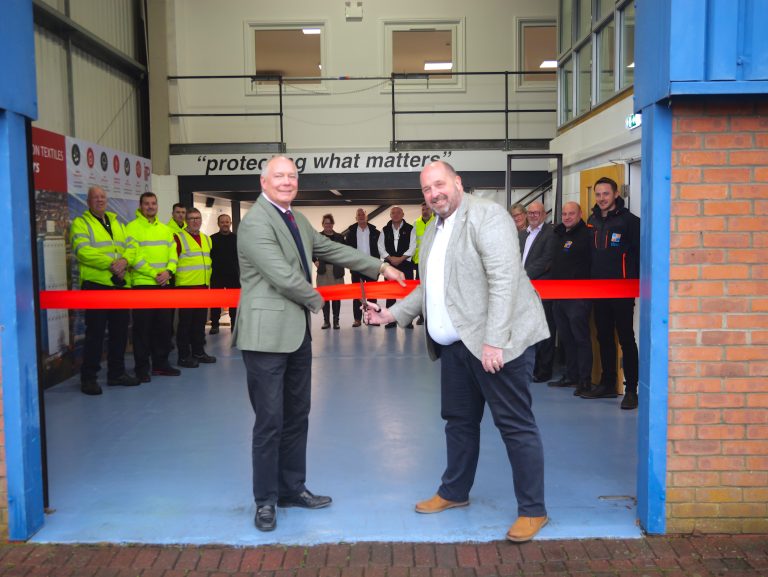

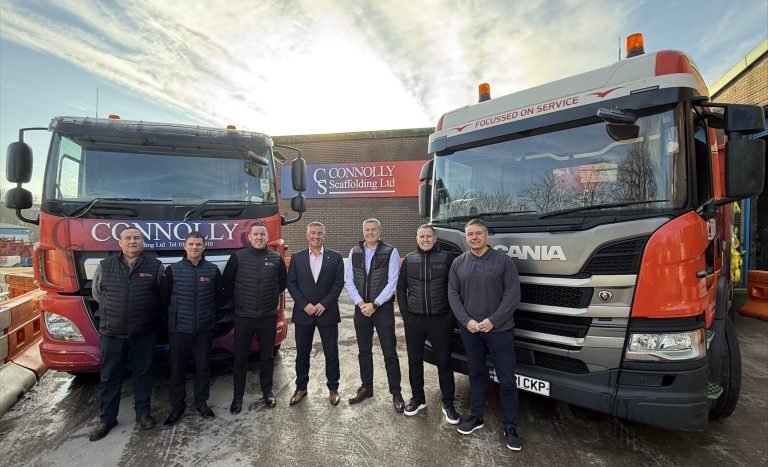

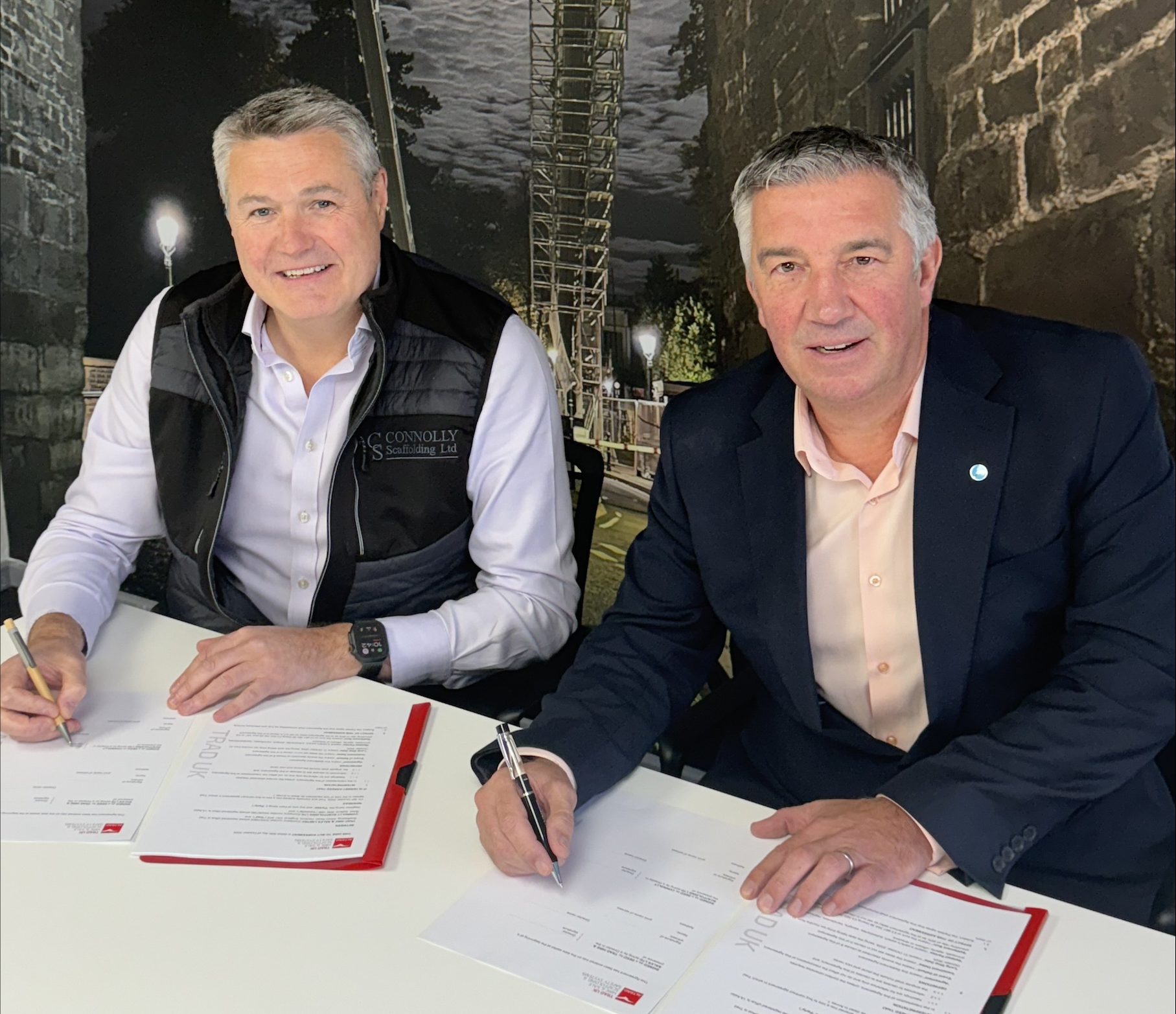



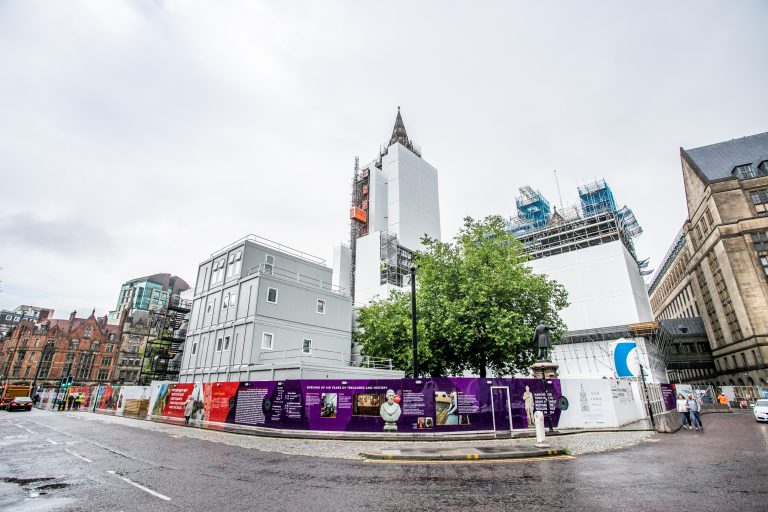

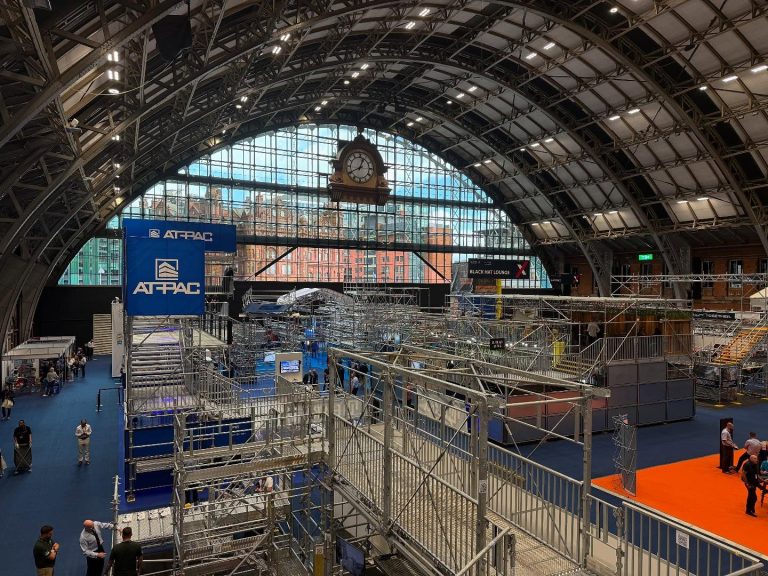
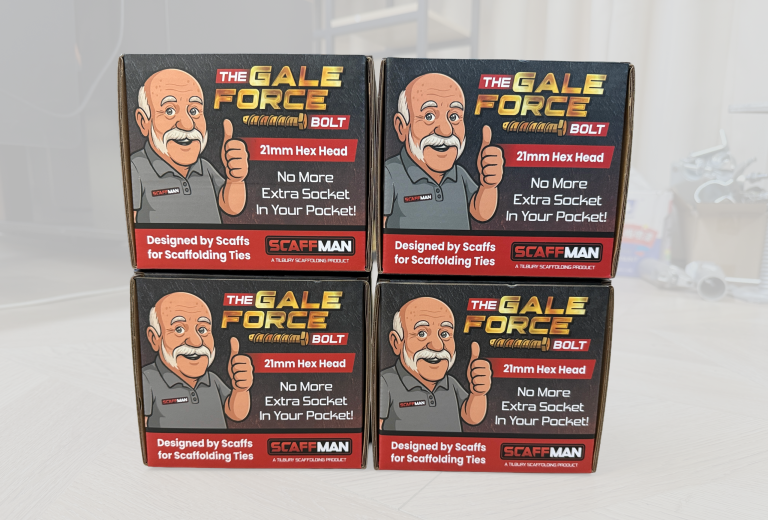

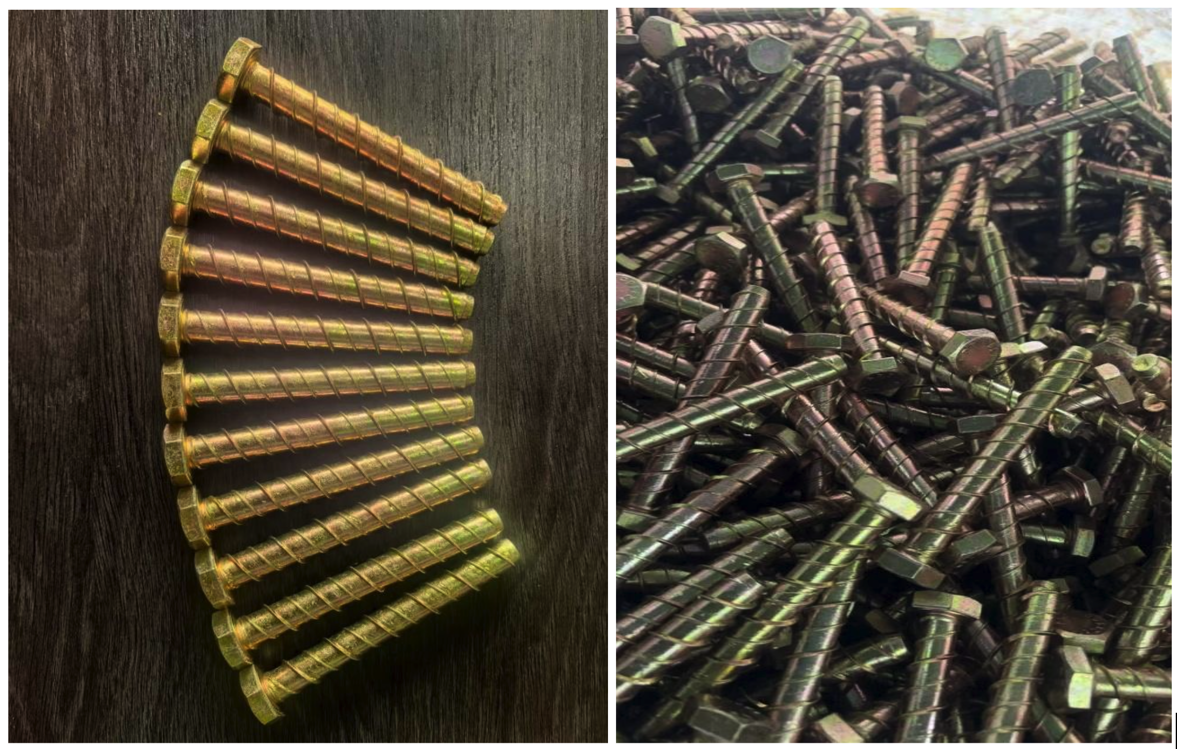 Designed for quick, reliable installation, the bolt requires no resin or rawl plugs and can be fixed directly into brick, concrete, timber, and other suitable solid substrates. The fixing can be used for single and double tie bars, shear ties and band & plates to name a few.
As the product tagline puts it: “No more extra socket in your pocket.”
Key Features
Designed for quick, reliable installation, the bolt requires no resin or rawl plugs and can be fixed directly into brick, concrete, timber, and other suitable solid substrates. The fixing can be used for single and double tie bars, shear ties and band & plates to name a few.
As the product tagline puts it: “No more extra socket in your pocket.”
Key Features

